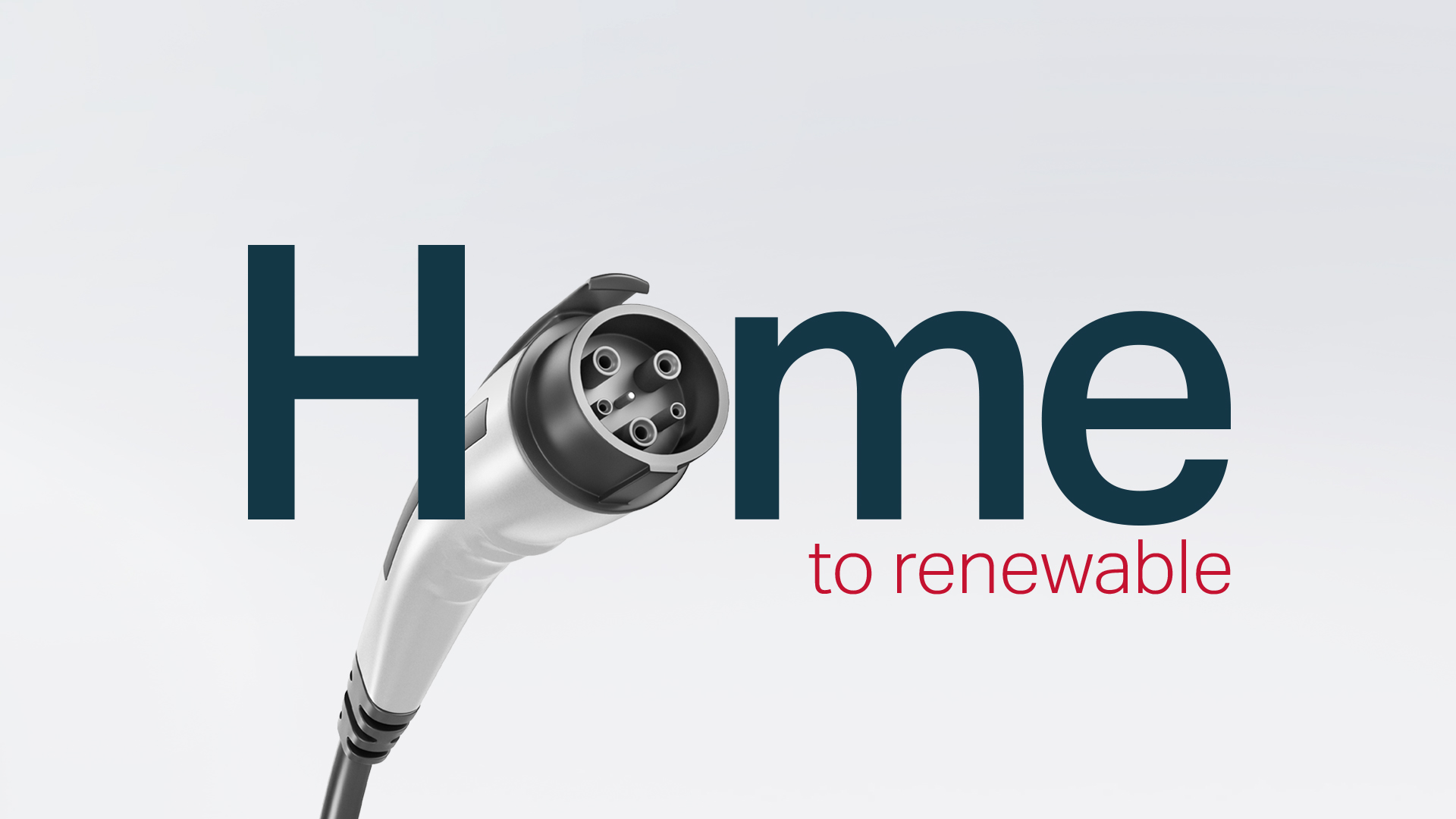PV stands for ‘Photovoltaics’ and means converting light into electricity (as opposed to Solar Thermal which is heating water). The solar panels generate DC electricity from sunlight which is fed through an inverter to convert it into AC electricity. The inverter is connected to the consumer unit (fuse board) so the electricity can be used in the home.
A typical Solar Energy System Solar photovoltaic (PV) panels
A photovoltaic (PV) panel, also known as a module, is a unit consisting of special cells that generate an electric current in sunlight that are linked together. When the sun shines over the cells, an electric field is created. The stronger the sun, the more electric energy is produced.
Nevertheless, the cells do not need direct sunlight to work, and they can still produce electricity on a cloudy day. A group of modules wired in series is called a string. The cell, the modules and the string formation lead to the end result which is the array.
• The Inverter
The Solar inverter is one of the most important components of the solar PV installation and is the brain of the system. Generally located in the loft space, it converts the direct current (DC) from the panels into alternating current (AC) which can be used in your home.
There are isolators either side of the inverter - the DC side and the AC side. These connect the power from the array into the consumer unit via an RCBO (Residual current operated Circuit Breaker with Overcurrent protection).
• Generation Meter
The generation meter is where you will be able to monitor what your system is generating. The meter will have a flashing red light when your system is generating, the brighter the day the faster the flashes will be.
• Export Limiters
When there is solar electricity being generated but not being used, the excess is usually stored in a battery storage unit or exported back to the grid.
• Cabling and connectors
DC connections and cabling are not the usual PVC/PVC twin and CPC cable used for domestic internal wiring. The PV wiring has to be durable and protected against voltage constraints, mechanical damage, movement, wind, rain and solar radiation.
• Energy Monitoring
Monitoring the system provides a good way of verifying correct system operation.







